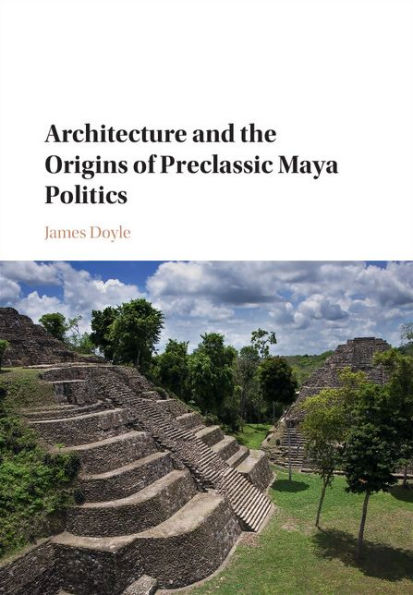5
1

Architecture and the Origins of Preclassic Maya Politics

Architecture and the Origins of Preclassic Maya Politics
eBook
$90.49
$120.00
Save 25%
Current price is $90.49, Original price is $120. You Save 25%.
Related collections and offers
90.49
In Stock

Product Details
| ISBN-13: | 9781316942185 |
|---|---|
| Publisher: | Cambridge University Press |
| Publication date: | 03/24/2017 |
| Sold by: | Barnes & Noble |
| Format: | eBook |
| File size: | 19 MB |
| Note: | This product may take a few minutes to download. |
About the Author
From the B&N Reads Blog
